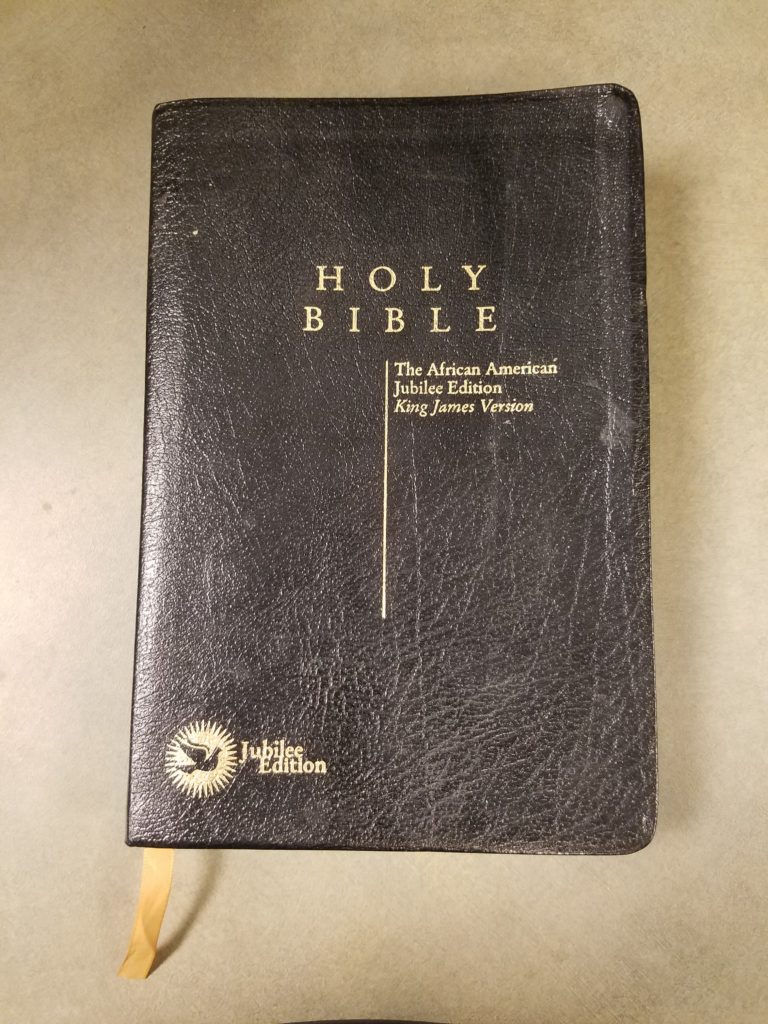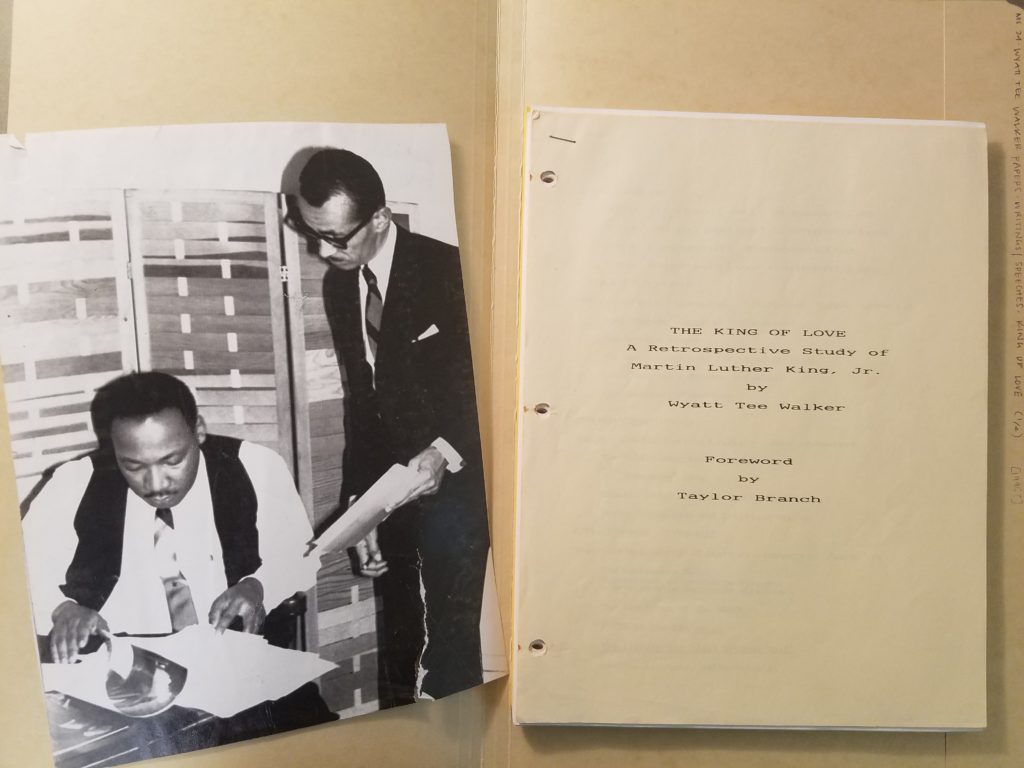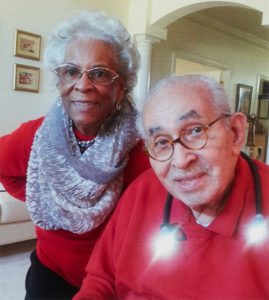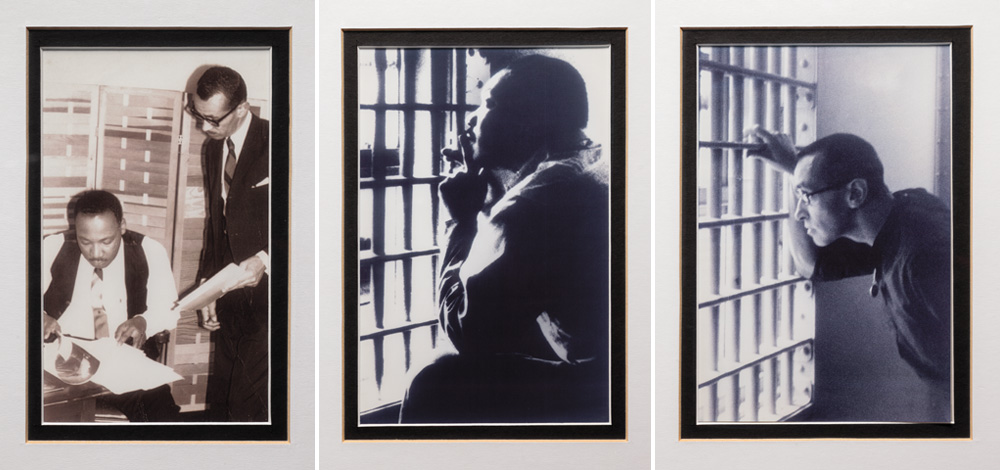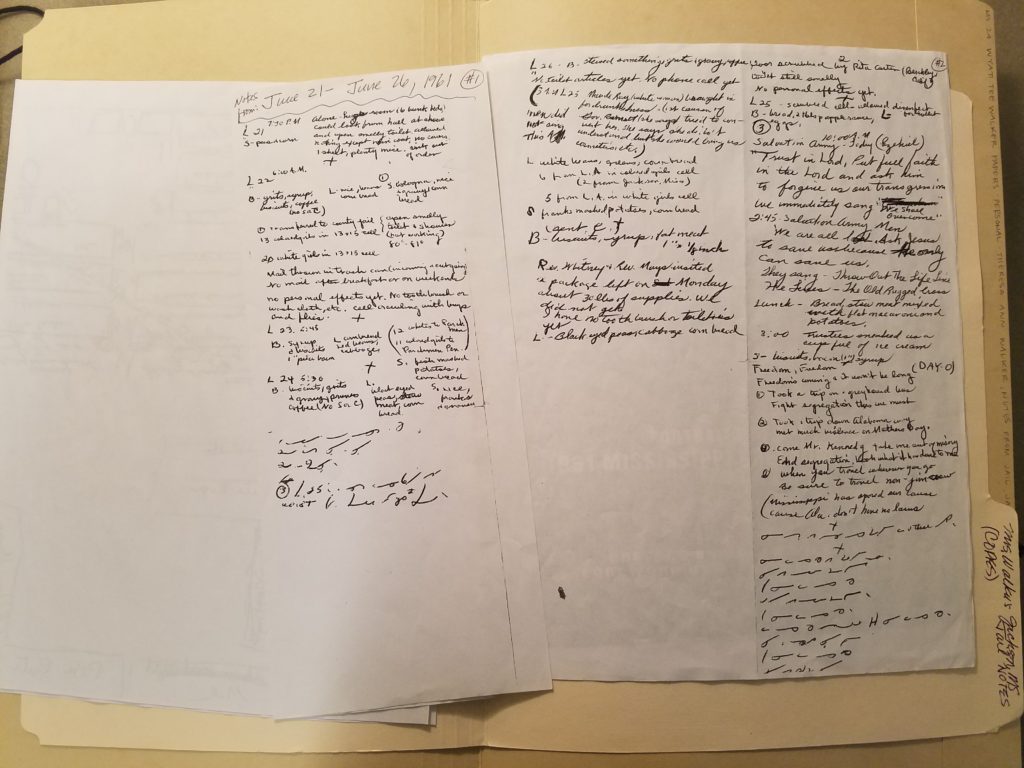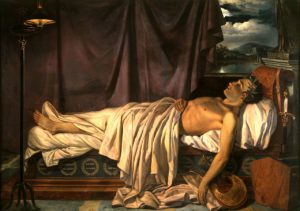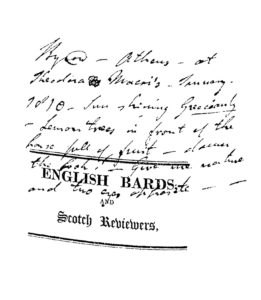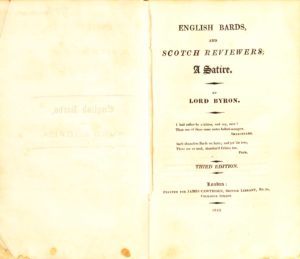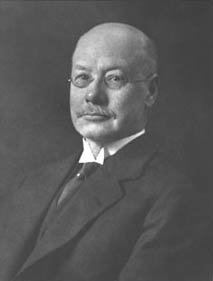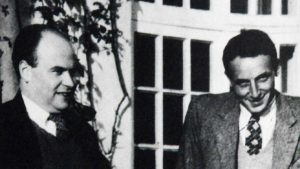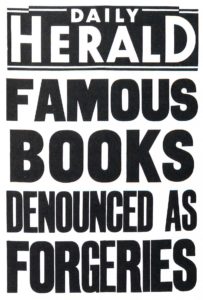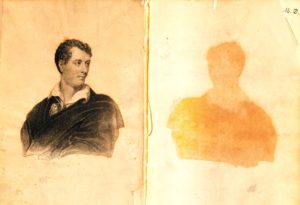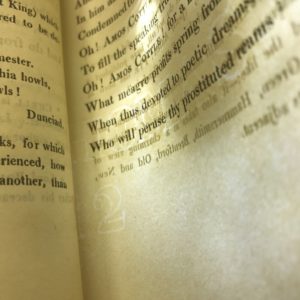(Note: This post was authored by Taylor McNeilly, Processing & Reference Archivist.) For this week’s #WyattWalkerWednesday, I thought I would piggyback off the past few days’ focus on the Book of Kells facsimile edition we hold in the Rare Book Room here in Boatwright to discuss a different edition of the Bible: The African American Jubilee Edition of the King James Version, donated as part of the personal library of Dr. Walker.
The African American Jubilee Edition was published in 1999. While there is a dedication page specifically designed for use as a form for gifting, there is no indication on that page or any other that Dr. Walker was gifted this book rather than having purchased it himself. Considering its publication date, it seems unlikely that Dr. Walker used this particular Bible extensively for his preaching, as he retired from Canaan Baptist Church of Christ in 2004. However, Dr. Walker continued teaching theology at various schools after his retirement as pastor from Canaan, so it is possible that he used this Bible for theological study and instruction.
This Bible is well suited to such use, particularly by a pastor and scholar of Black preaching and Black gospel music. While the text of the Bible remains faithful to the 1611 King James Version (KJV), the first 280 pages or so of this volume are dedicated to a variety of scholarly works reviewing the Bible and Christianity through the lens of African American history and culture, with one of these essays dedicated to the Black gospel music that Dr. Walker studied and composed.
While this is just one book among Dr. Walker’s vast personal library (and certainly not as unique as the Book of Kells from our social media posts earlier this week), there are signs that he used this copy of the Bible extensively. The cover is permanently curled, which is most likely from being held open (the cover is faux leather and not paper, which would curl from humidity). The gilt edges of the text block are scuffed and scratched, while the cover itself has some minor signs of wear and tear (as well as a bit of staining). One page has a sticky note stuck to it, a list of names written on it. Most notably, perhaps, is the final 150 pages of the volume. At the opening pages of The Epistle of Paul the Apostle to the Philippians, the text block is broken. While this could be a random occurrence, it would seem to suggest that the volume was opened to this page often enough to break the text block here.
Scholars of Dr. Walker’s sermons and theological writings can determine whether they believe The Epistle of Paul the Apostle to the Philippians to have been a section of particular importance to him, especially in the final two decades of his life. What I am certain of is that this Bible, while not as valuable or famous as the 8th century, illuminated manuscript Book of Kells, tells some part of the story of Dr. Walker’s life and work.
I hope you enjoyed this week’s post! As always, you can keep in touch with us on Boatwright’s Facebook, Twitter, and Instagram accounts as well. Otherwise, I’ll see you here next Wednesday for another update on the Dr. and Mrs. Wyatt Tee Walker Collection!

